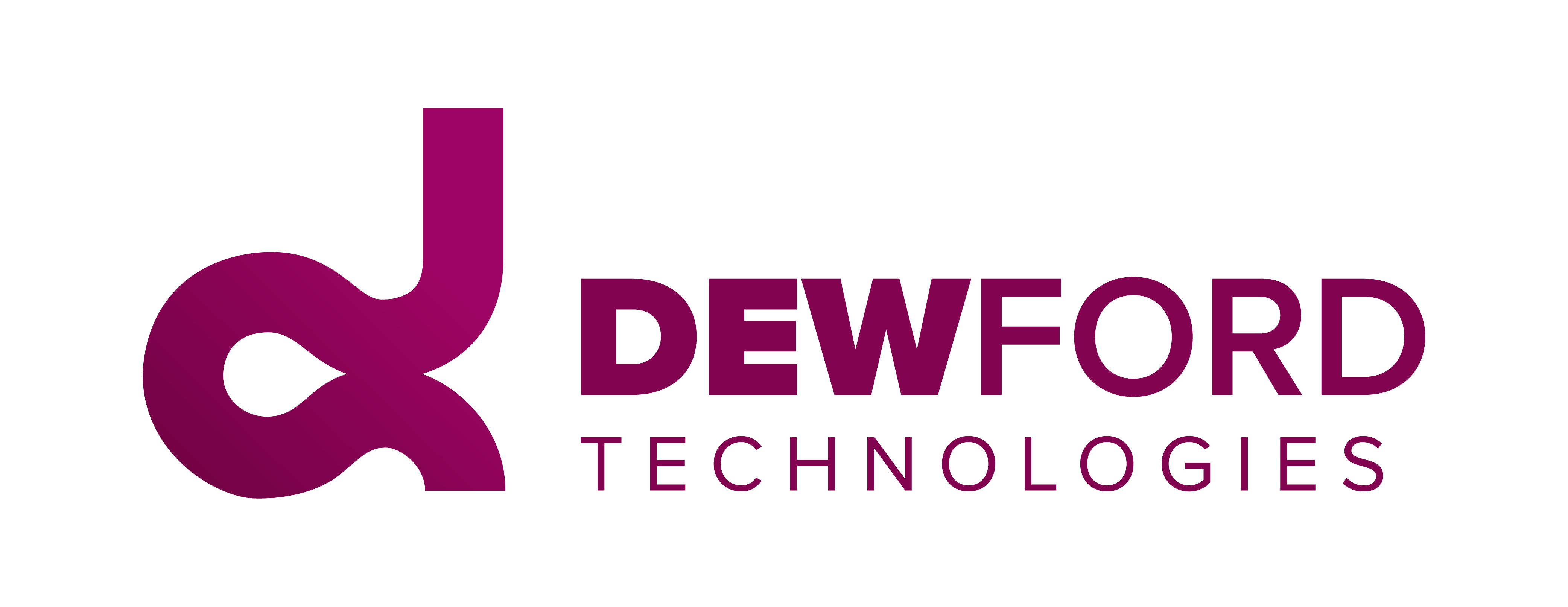Our engineers and business analysts collaborate with your team to identify goals, create needs, outline technical specifications, and design prototypes of the end product before we write a single line of code. That way, we can start development with the assurance that everyone is on the same page, ensuring that your vision is realized.
Beginning your software Project: Discovery and Prototyping
Start your custom software project off right
with clear, aligned goals and strategies
It's tempting to jump right into a fresh and exciting software project for your company when you're just getting started. However, without adequate pre-planning, research, and legwork, it's impossible to know whether your team and the development team are on the same page, and you're more likely to face unpleasant (and costly) surprises and change orders.
-
Identify goals and
user personasFirst, we collaborate with your executive team to determine exactly what your new software must do, who will use it, and how those users should interact with it. We also gather and evaluate any relevant materials or documents related to the project at this point. -
Analyze similar
software solutionsWhile each Dewford Technologies software solution is tailored to the specific needs of each client, we bring a broad understanding of what techniques have worked successfully for similar end users with similar objectives — and, more significantly, which ones haven't. -
Create
a prototypeThen, using all of this data, we construct a visualization that begins to bring the software solution and its user experience to life for your team. (Learn more about prototyping in the section below!) -
Iterate based on feedbackOnce the first prototype is ready, we collect any and all input from your team and iterate as needed to ensure that our vision and yours are in sync.
-
Create a project roadmapWe build an action plan that shows clients what we expect to achieve at each stage of the project once we've hammered down the objective result, its requirements, and technical specifications.
Even after your team and ours have collaborated to identify the primary goals and features of the new software system, your team may find it difficult to see the system in action — this isn't because you haven't defined what you need, but because your expertise is in your business, not software.
To avoid releasing a final product just to find out it isn't what you wanted, we utilize prototyping as a delicate transition from the realm of abstract needs to a more specific vision of how your software will look, feel, and function. It's as though you're dipping your toe into the water before jumping in.
method is best for your product. Either way, our goal in this phase
of the discovery process is to ensure we can bring your new
system to life in the way you’ve envisioned it — before you’ve
invested significant resources in the project.
-
UI
PrototypingThe user experience is not described in a decent software requirements document. Its purpose is to focus on the "whats" rather than the "hows." So we make a static visualization to show you how we envision the user interface to look and feel. This mockup isn't as polished or detailed as the final product will be, but it represents the idea of how the product will look. -
Proof of Concept ApplicationAlthough the POC has the same aim as the UI prototype, it is considerably different in practice. A proof of concept (POC) is a stripped-down version of a software program that allows you and your team to try out the basic technologies and important features. This is especially valuable for projects that require cutting-edge technologies like artificial intelligence or augmented reality, as well as ideas for which the technology may not yet exist. In these situations, it's far better to conduct a feasibility analysis to assess the capabilities before investing time and resources only to discover that a portion of the vision is unattainable.
Transform your business today!

